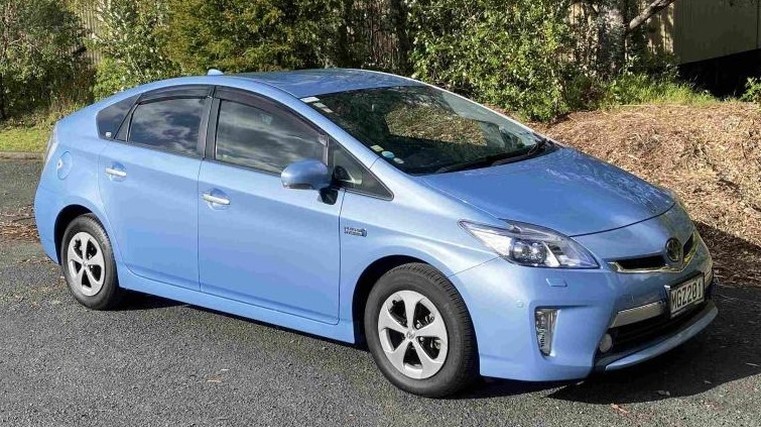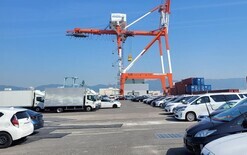CCD action on PHEVs

The Imported Motor Vehicle Industry Association (VIA) is pleased an anomaly with the way plug-in hybrids (PHEVs) are dealt with under the feebate scheme will finally be addressed by Waka Kotahi.
At the moment, used PHEVs are assessed for their carbon dioxide (CO2) emissions in a different way to new PHEVs, resulting in major differences between the two when it comes to their ratings for the clean-car policies.
Kit Wilkerson, VIA’s head of policy and strategy, says: “We have long raised the problem with the NZTA about used PHEVs. This is finally being fixed although we do not yet know when the changes for this to happen will take place.”
When new PHEVs are imported, their effective EV ranges are taken into account for the clean car discount (CCD) and clean car standard (CCS). However, that hasn’t been the case with used plug-in hybrids, which have been strictly held to information published in Japan.
“The way Japan calculates their efficiency doesn’t include the electric-only range of models, such as the Toyota Prius PHEV [pictured],” explains Wilkerson. “When this model is imported new and imported from Japan used, it’s essentially the same car.
“CO2 values applied to them have been 20g/km for new and 87g/km for used. It means that anyone who has bought a used imported Prius PHEV in the past few years has [effectively] been short-changed and by not insignificant amounts of money.
“The NZTA is now developing a way to take used PHEVs’ electric ranges into account in the same way it does for the new-vehicle industry.
“There may be some small differences because the new-car sector uses the NEDC while the JC08 testing regime applies to used imports. Sometimes, this may benefit used, sometimes it may be detrimental, but generally it will be equitable.”
Changes to the CCD
From July 1, CCD rebates will only apply for imports emitting less than 100gCO2/km instead of the current 146g, as reported first by Autofile Online on May 2.
The discount payment for models emitting between 1gCO2/km and 100gCO2/km – PHEVs and smaller petrol hybrids – will fall by about $1,500 to $1,750 for new and by $200 to $500 for used, according to the Ministry of Transport (MoT).
The maximum rebate for new BEVs is being reduced from $8,625 to $7,015, and increased from $3,450 to $3,507.50 for used BEVs.
“The rebate will be $1,725 for a vehicle at 100g, plus $57.50 for each gram below 100g for new vehicles up to a cap of $4,025,” says the MoT. “Used imports will receive one half of the dollar amount of new vehicles.”
The threshold for when new and used imports attract penalty fees will drop from 192gCO2/km to 150g. Fees will be set at $575, plus $57.50 for each gram above 150g for new imports and half that amount for used.
A new formula will be applied for calculating the fees for passenger vehicles emitting 192gCO2/km or more, which the MoT notes will increase charges. As a result, the maximum fee for vehicles with very high emissions will rise from $5,175 to $6,900 for new and from $2,875 to $3,450 for used.
Timeframe for changes
“We have major concerns with the timeframe for the CCD changes coming in on July 1,” says Wilkerson. “At the moment, it’s taking two months to get vehicles from auction houses to them being landed here.
“It will lead to a rush when it comes to complying vehicles that will be getting penalties that weren’t before, which are those falling into the 150-200gCO2/km range. We will probably see a rush on compliance shops.”
Clean and efficient vehicles, such as Toyota’s Prius and Aqua, have already been purchased by dealers or imported here in good faith and with certain expectations under the current CCD’s rules.
These regulations will now change before importers can alter their purchasing behaviour in Japan. Some vehicles already being brought into New Zealand are likely to attract penalties if registered after July 1.
“We signalled to the government that we needed three months before the changes happen,” says Wilkerson.
“We have some evidence that vehicles attracting the highest credits are going to buyers in high-income areas and those with the highest penalties are affecting people living in low-income areas, so poorer people are effectively subsidising richer buyers through this programme.
“This has created an inequitable situation that will be further exacerbated by vehicles attracting credits becoming more expensive.”





